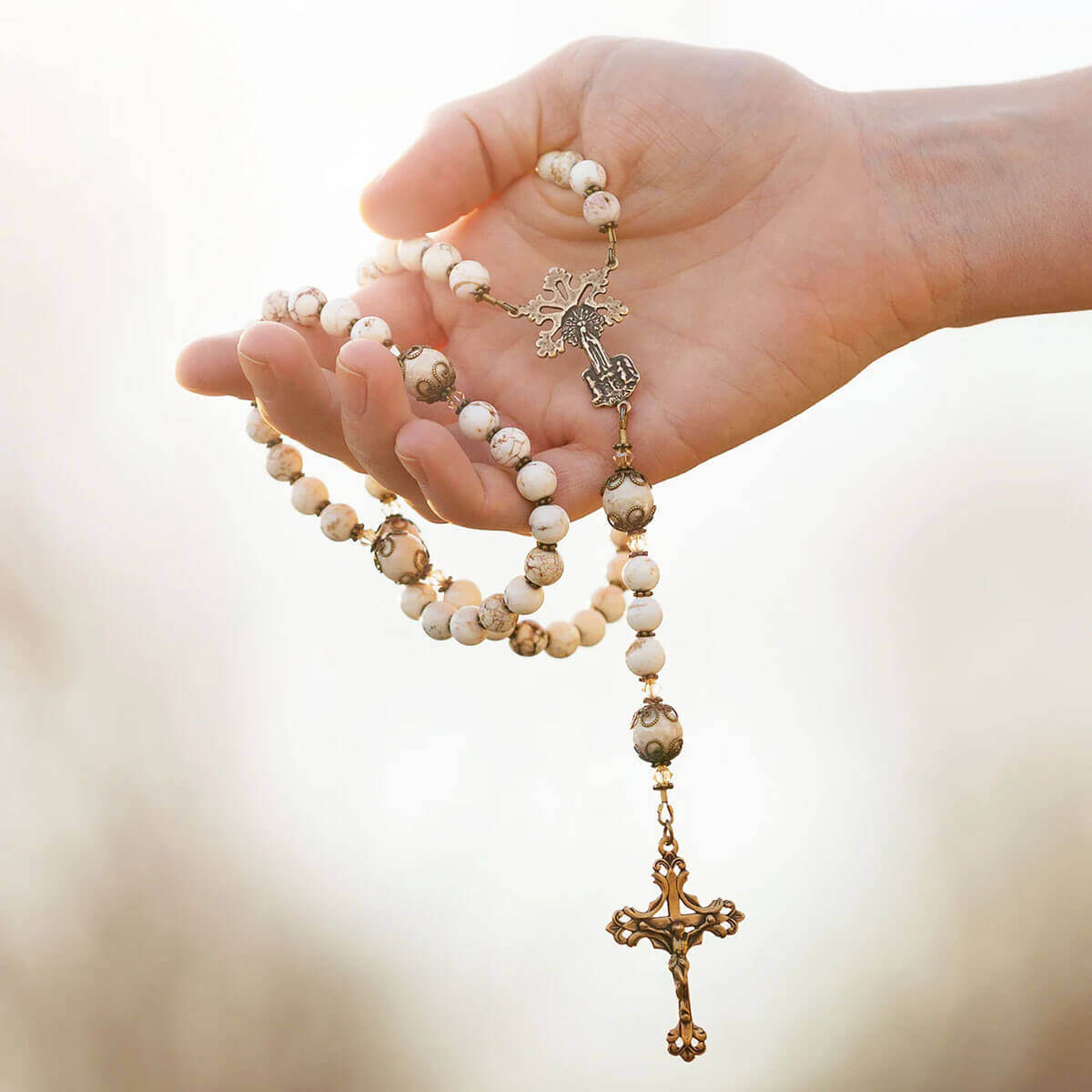In pre-Christian times, care for the sick was minimal and often superstitious. Even in Greece and the Roman Empire, where civilization was highly advanced, sickness was considered a curse from an angry god who must be appeased.
It was not until Christianity entered the scene that sickness was treated with the patient’s cure in mind, body and soul.
Care for the sick is in the Church’s blood. In the beginning, Our Lord charged the Apostles with tending and healing the sick, as He Himself had done in His earthly ministry. In fulfillment of this charge, both clergy and laity opened their doors to the poor and infirm.
Christians initially cared for the sick out of their own homes, but as poverty and diseases increased, public hospitals were instituted.
The hospitals were divided into specific classes of patients. There would be one building for the dying, another for sick pilgrims, another for orphans, and so on. The patients were mainly cared for by monks and nuns, while the hospital itself was overseen by a bishop.
St. Basil’s hospital in Cappadocia was the most famous due to its city-like size and layout, complete with housing for the nurses and an industrial school.
These hospitals, developed in the East and copied in the West, were famous by the 4th century. In fact, the hospitals were so well received by pagans and Christians alike that the Roman Emperor Julian ordered a pagan hospital to be built in every city, in a vain effort to outdo the Christians.
The Christians who formed the first hospitals knew that the soul needs healing as well as the body. Whenever you have a prayer request for healing, pray to Padre Pio—a patron saint of healing—for health of body, mind, and soul with our St. Padre Pio Healing Decade Rosary. Fashioned with comforting earth-tones and a medallion of Padre Pio, this decade rosary includes a card with a prayer to this powerful saint. Available today at The Catholic Company!


























